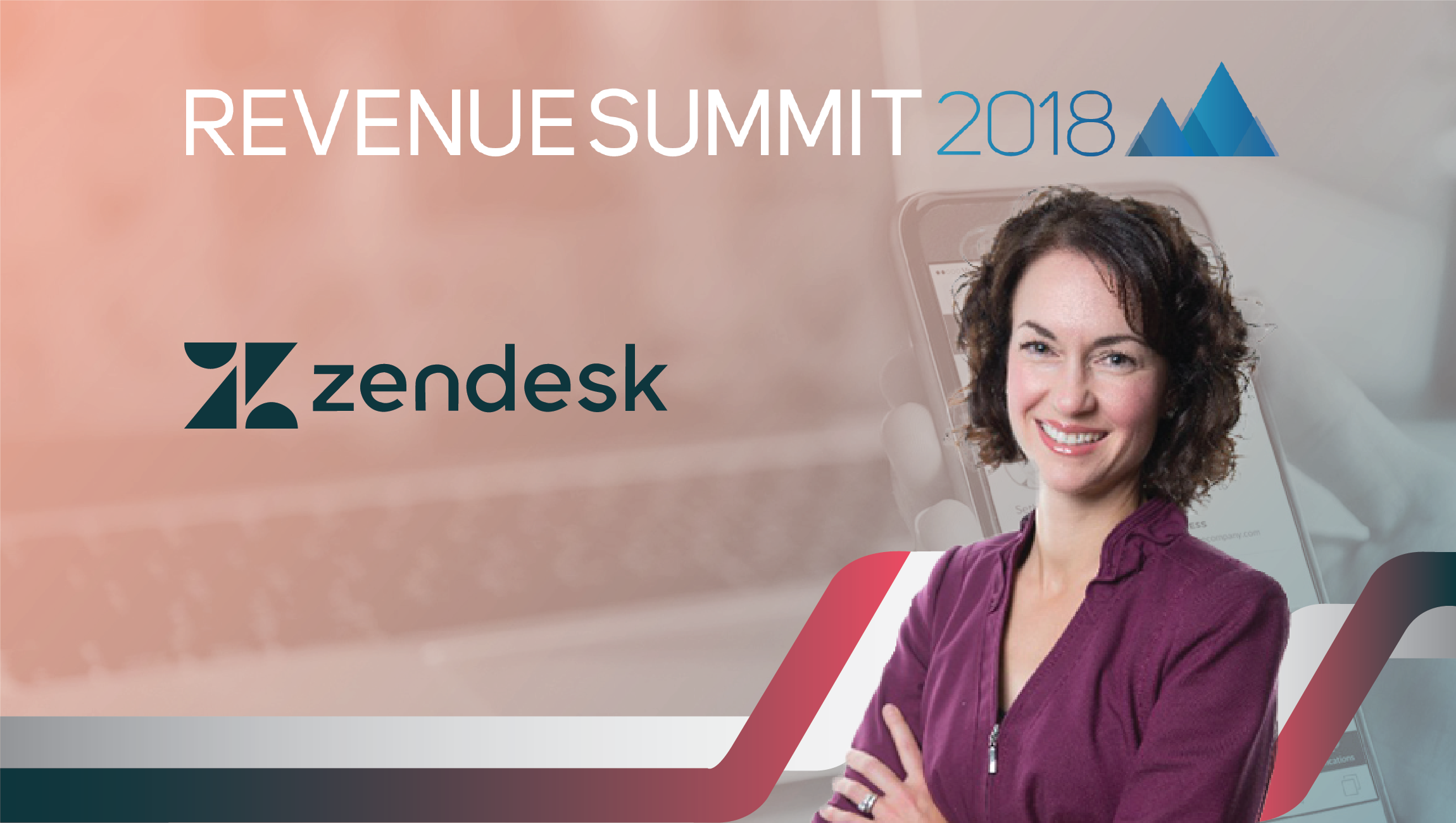Aaron Goldman
Chief Marketing Officer, 4C
The Consumer Attention economy is growing and Audience Data and Customer Data Platforms (CDPs) have a critical role to play. As we see a gradual convergence of advertising technologies towards CDPs and behavioral marketing technologies, the Consumer Attention economy would largely be driven by how effectively marketers deliver on their promise of personalized and relevant customer experiences along the buying journeys. Aaron Goldman, Chief Marketing Officer, 4C, explains how traditional TV advertising products compete with the growing market for mobile and social media advertising and the impact of audience data on the adtech ecosystem.
Tell us about your role at 4C and the team and technology that you handle.
I lead global marketing for 4C, a marketing technology company that helps marketers get deep audience insights and improve media results across premium channels including social, TV, and digital. 4C is the highest rated cross-channel advertising software on G2 Crowd, due in big part to our proprietary data science as well as our self-service technology that enables audience-based buying at scale.
Do you see a gradual convergence of advertising technologies towards audience-data platforms and behavioral marketing technologies?
A channel-focused marketing approach has been dying in favor of an audience-focused approach as consumer behavior evolves. People now consume content on-demand across publishers, formats, and devices – and want every one of those engagements to be seamless. As a result, marketers are reorganizing around audiences to deliver highly tailored experiences. Even broadcast television, the last bastion of linear content, is embracing the time-shifted, multi-screen experience and adopting audience-based advertising. This year will only see further and faster acceleration of audience-driven marketing and personalized consumer experiences.
How do brands leverage the 4C Insights Affinity Graph and the audience data insights across ad channels?
The 4C Affinity Graph gives brands a view of how people interact with media, technology, and each other by mapping millions of TV viewers and thousands of brands to billions of social media users. For example, our Affinity Graph found that people who engage with the New England Patriots also engage with Bose and Keegan-Michael Key, while the Philadelphia Eagles audience also engages with Ricoh and The Goldbergs. These insights can fuel audience-centric marketing promotions, ad targeting, and creative strategies by helping brands understand if consumers are more or less likely to be interested in specific products, other brands, and celebrities.
Has TV been side-lined as an advertising medium with the maturity of mobile and social media advertising?
Headlines about digital overtaking TV ad revenue have grabbed a lot of attention, but the reality is that consumers are more engaged with TV and TV-like content than ever before. What has changed is the ways people watch TV due to virtually endless programing options – presenting marketers with new audience targeting opportunities that move beyond age and gender and even beyond programs and dayparts. For example, marketers can now apply social and mobile audience insights to television targeting, or use their first-party data to reach specific audiences through TV. Advertisers can also capitalize on the second-screen trend by syncing their digital ads to TV moments.
How do you see the ‘State of Advertising’ evolving by 2020 with the merger of programmatic and AI/ML capabilities?
Thanks to the combination of Programmatic Technology and Artificial Intelligence (AI) and Machine-Learning (ML), the future of media is finally here. We don’t have to wait until 2020 to do personalized marketing at scale. Brands can now make sense of and activate all the rich data made available through the digital revolution create truly audience-centric experiences. AI/ML can impact audience identification by helping find and reach those most likely to buy. It can also optimize bids and budgets, helping determine the right amount to pay for each ad. And through programmatic activation, campaigns can be scheduled and synced to serve the right creative at the right time across screens. Best of all, marketers can finally close the loop on measurement to understand the impact on the business and ROI. I suppose the biggest change come 2020 is that this approach will no longer be deployed by just the leading-edge brands but rather will be the way a majority of media is bought and sold.
How do you leverage AI/ML at 4C? Would AI/ML enable make media buying and brand safety compliance easier to deal with in the coming?
With half of our company devoted to building our products and 15 PhDs and data scientists on staff, AI and ML are at the core of what 4C does. Our algorithms work behind the scenes in our platform to create actionable, meaningful findings from the real-time insights of billions of user behavioral patterns and consumer interactions with brands, products, notable persons, media content, and other entities. Our self-serve sync technology also leverages AI and ML to automatically trigger ads based on real-time, real-world signals like TV, sports, and weather moments. And our models close the loop through automated bid and budget management to ensure our clients meet their set goals. The net result is 16+ hours saved for our clients each week and significant improvements in brand awareness, engagement, lead volume, and sales revenue.
Thanks for chatting with us, Aaron.
Stay tuned for more insights on marketing technologies. To participate in our Tech Bytes program, email us at news@martechseries-67ee47.ingress-bonde.easywp.com











